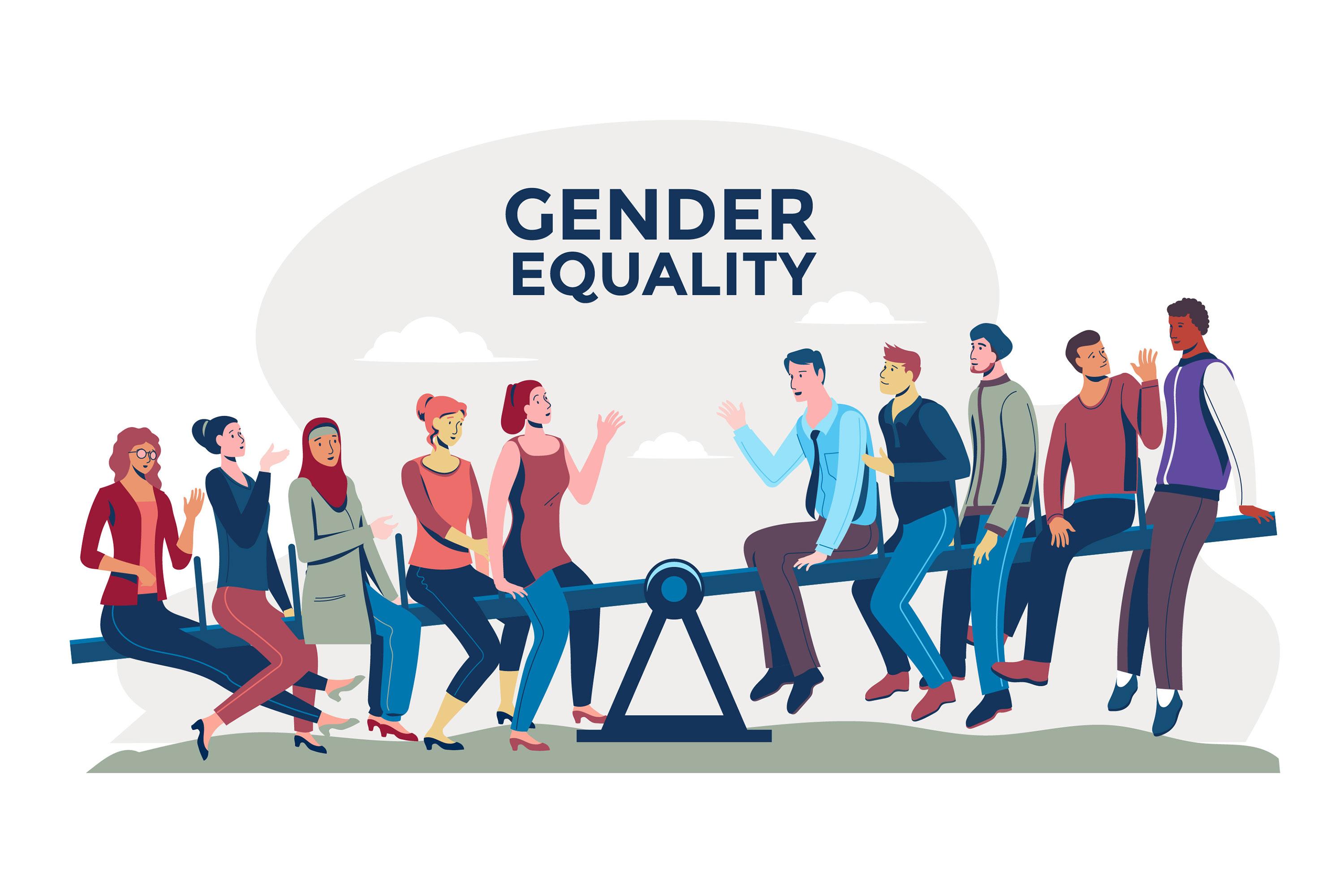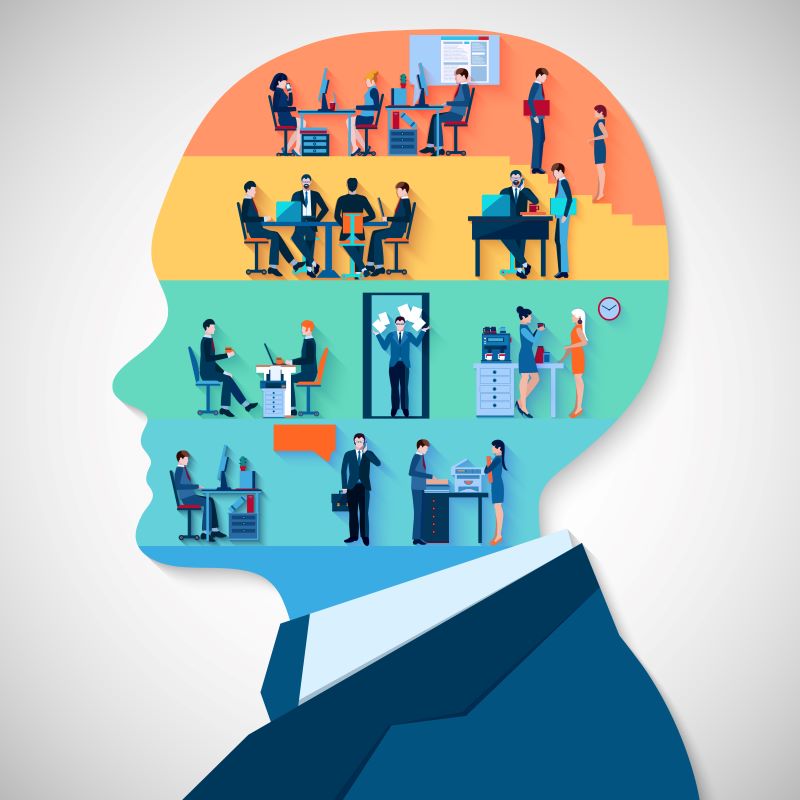Unmasking Gender Bias and Stereotypes at Workplace
The admirable goal of attaining gender equality is nonetheless obstructed by gender prejudices and preconceptions in the modern workplace. These prejudices not only impede professional advancement but also restrict people’s actual potential, impeding the advancement of companies and society as a whole. This site is dedicated to dissecting the complex relationships between gender biases and stereotypes, exploring their different manifestations in great detail, and supporting our discussions with verifiable instances from actual life. By doing this, we hope to acquire a thorough grasp of the difficulties that still exist in contemporary workplaces and provide employers and employees the tools they need to bring about constructive change.

Understanding Gender Bias and Stereotypes
Gender biases are the ingrained prejudices, preconceived conceptions, and discriminatory attitudes towards individuals on the basis of their gender. In particular professional settings, these biases frequently lead to unequal treatment and opportunities. We will begin by defining and expanding upon the concept of gender biases and their negative effects in the workplace.
Unpacking Gender Stereotypes
Gender stereotypes are profoundly ingrained beliefs and generalisations regarding the characteristics and functions of individuals based on their gender. If these stereotypes are not addressed, they can severely restrict career options, professional development, and self-expression. We will examine the impact of these stereotypes on personal and professional lives in great detail.
Types of Gender Bias in the Workplace
1. Bias in Hiring and Promotion
This part will examine hiring practises and promotion prospects, presenting actual instances of gender prejudice in these crucial domains. We’ll examine how gender prejudices appear throughout hiring procedures and how they prevent people from advancing in their jobs.
2. Inequalities in Compensation
Gender pay differences are a serious problem that need careful consideration. We’ll talk about the gender pay gap, look at the causes of uneven pay, and present in-depth case studies that highlight the shocking truth of gender-based wage differences.
3. Role expectations and stereotyping
Stereotypes have a big influence on career pathways and employment positions. This section will examine the ways in which stereotypes impact the work environment and provide instances of people who have successfully questioned and broken these assumptions.
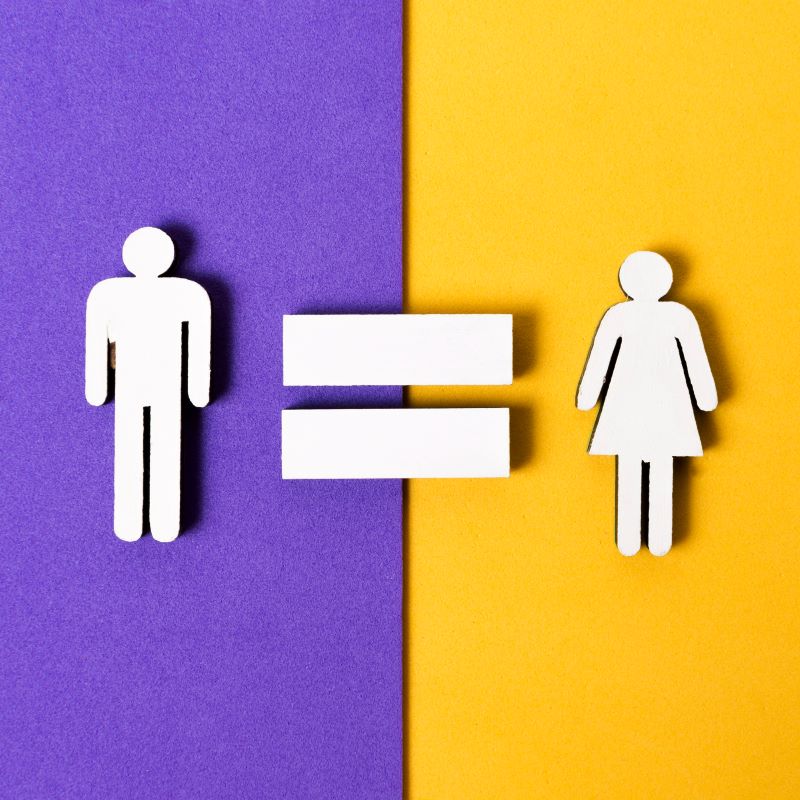
Real-Life Gender Bias Examples
1. The Glass Ceiling of Gender Bias
This section will address the illusive and frequently-discussed “glass ceiling.” We will share the inspiring tales of strong women who broke through this barrier, along with the significant obstacles they had to overcome to assume positions of leadership in traditionally male-dominated sectors.
2. Small-Scale Abuse and Pervasive Bias
Even though overt bias is bad, everyday sexism and microaggressions can also be damaging. We’ll examine the more subdued but nonetheless prevalent types of gender bias and how they affect workplace culture overall.
3. The Penalty of Motherhood
This section will examine the ways in which discrimination against working mothers impacts their chances, careers, and general well-being. We’ll look at actual situations to show how prejudice against women resulting from parenthood frequently occurs.
Combating Gender Bias
1. Awareness and Education
Awareness and diversity training programmes play a crucial role in combating and reducing gender biases. We will discuss the significance of these initiatives and explain how they can foster a more inclusive work environment.
2. Inclusive Policies and Programmes
This section will highlight the importance of implementing policies and initiatives that promote gender diversity and inclusion. We will highlight organizations that have pioneered the implementation of such transformative changes.
3. Allegiance and Mentorship
It is impossible to exaggerate the importance of allies and mentors in assisting individuals affected by gender bias. We will share success tales of individuals who have flourished with the assistance of allies and mentors and provide insight into the profound impact of these relationships.
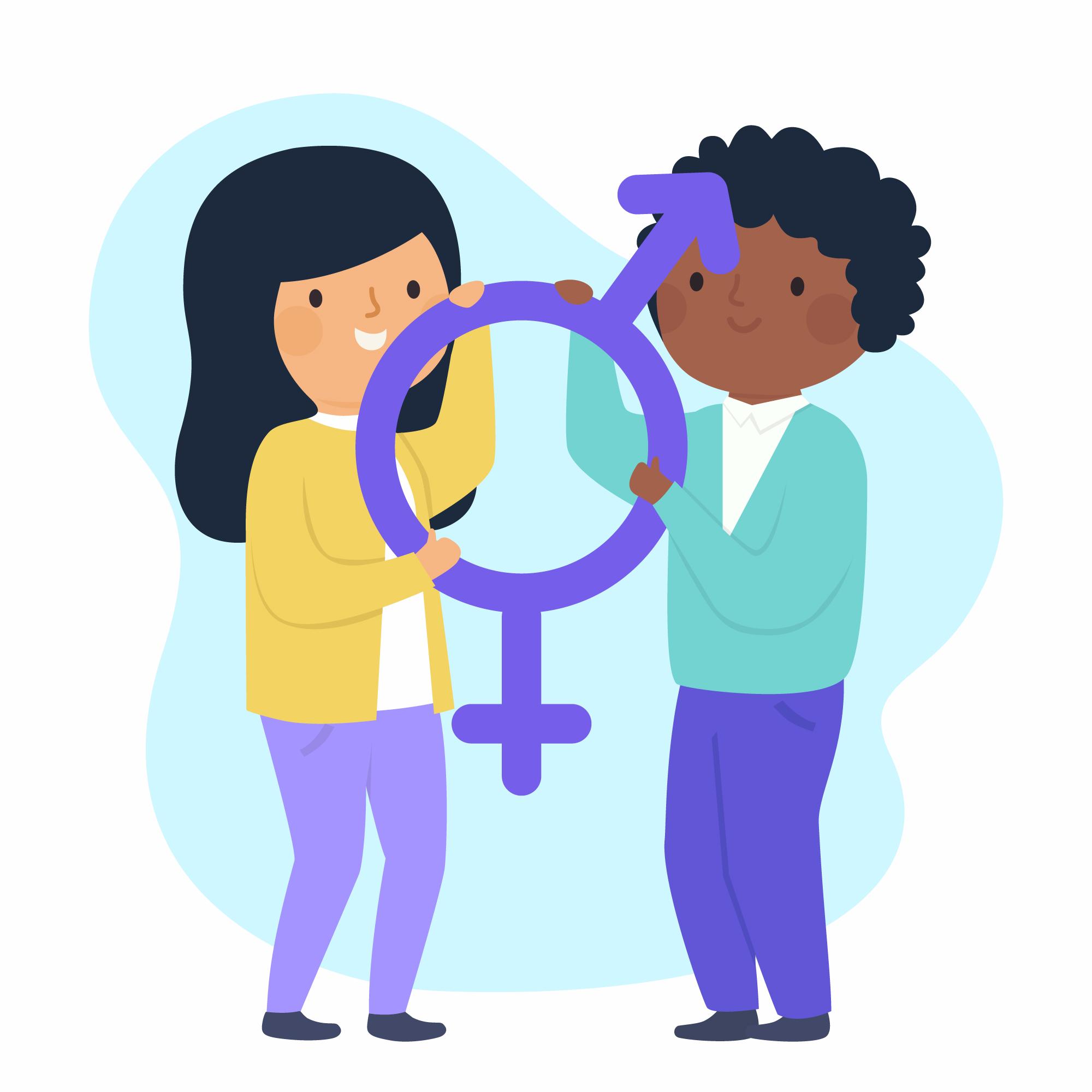
The Benefits of Gender Equality
1. Economic Advantages
Gender equality is not merely a matter of social justice; it also has significant economic ramifications. We will look into how gender equality can result in economic growth, increased innovation, and long-term prosperity, supported by relevant research and statistics.
2. Enhancement of Workplace Culture
Addressing gender biases is not merely a matter of meeting quotas; rather, it entails fostering a workplace culture that values and empowers all individuals. We will discuss how addressing these biases can lead to a more inclusive, respectful, and ultimately more productive workplace.
Conclusion
In conclusion, gender biases and stereotypes in the workplace are formidable obstacles to gender equality and must be confronted directly. This in-depth investigation has provided a nuanced understanding of the definitions, categories, and real-world examples of gender bias, as well as strategies for addressing these issues. By recognizing the obstacles and working proactively towards a more inclusive future, organizations and individuals can create workplaces where talent, not gender, determines success. It is time to eliminate these prejudices and stereotypes, paving the way for a livelier, more equitable professional environment that benefits everyone.
